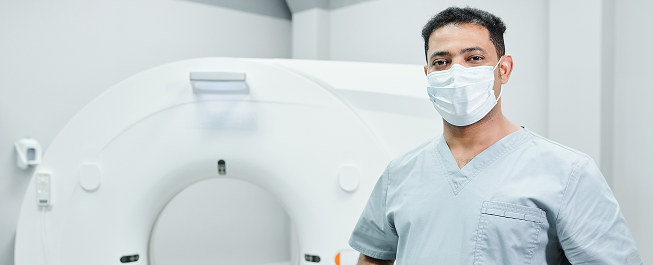
Instructions to get ready for your imaging test appointments
To get the best results and treatment, it’s important to be prepared for your imaging test. Find and download a copy of your instruction sheet here.
Imaging tests (also called diagnostic imaging tests) let your healthcare team look for clues inside your body. They can help your doctor find out what’s making you feel unwell and find disease early, even when you don’t feel sick. Your healthcare team uses the results of your imaging tests along with other information to find out what’s causing a health problem (called a diagnosis).
Each type of imaging test shows different details and information about the organs and structures in your body. Your healthcare team chooses which imaging test you need based on your symptoms and the part of your body they want to look at. They’ll often send you for more than one type of imaging test to help them understand the problem or cause of your symptoms.
Information on these pages will help you learn about the benefits and risks of the many types of imaging tests, how to prepare for them, and what to expect. The information is for both adults and children.
You’ll be able to tell which information is just for children. Many imaging tests and procedures for children are done using
general anesthetic.
How imaging tests are done
Imaging tests use different types of machines and procedures to take pictures of the inside of your body. These tests show what your organs and structures look like. And some even show how well they’re working. The information from imaging tests helps you and your healthcare team decide the care and treatment that’s best for you.
Many imaging tests are quick, painless, and easy. Some tests are done while you’re lying inside of a machine. Imaging tests can be very short and others take longer to do.
Some imaging tests use a small amount of radiation and others don’t. Most imaging tests are non-invasive, but some are minimally invasive. Your healthcare team will let you know if your test is non-invasive or minimally invasive.
- Non-invasive means your healthcare team doesn’t put a tool or device inside your body.
- Minimally-invasive means your healthcare team passes a tool or device through a small cut in your skin during a test or procedure.
Your healthcare provider will give you instructions for how to prepare for your test. Be sure to follow the instructions carefully.
Therapeutic imaging procedures
Some imaging procedures are done to treat disease. These are called therapeutic imaging procedures. They let your healthcare team see inside your body to help them guide tools to treat some types of diseases.
Therapeutic imaging procedures are less invasive than having surgery. This means they make a small cut rather than a larger cut that’s done with regular surgery. Therapeutic imaging procedures also tend to cause less pain, scarring, and damage to healthy tissue than surgery.
